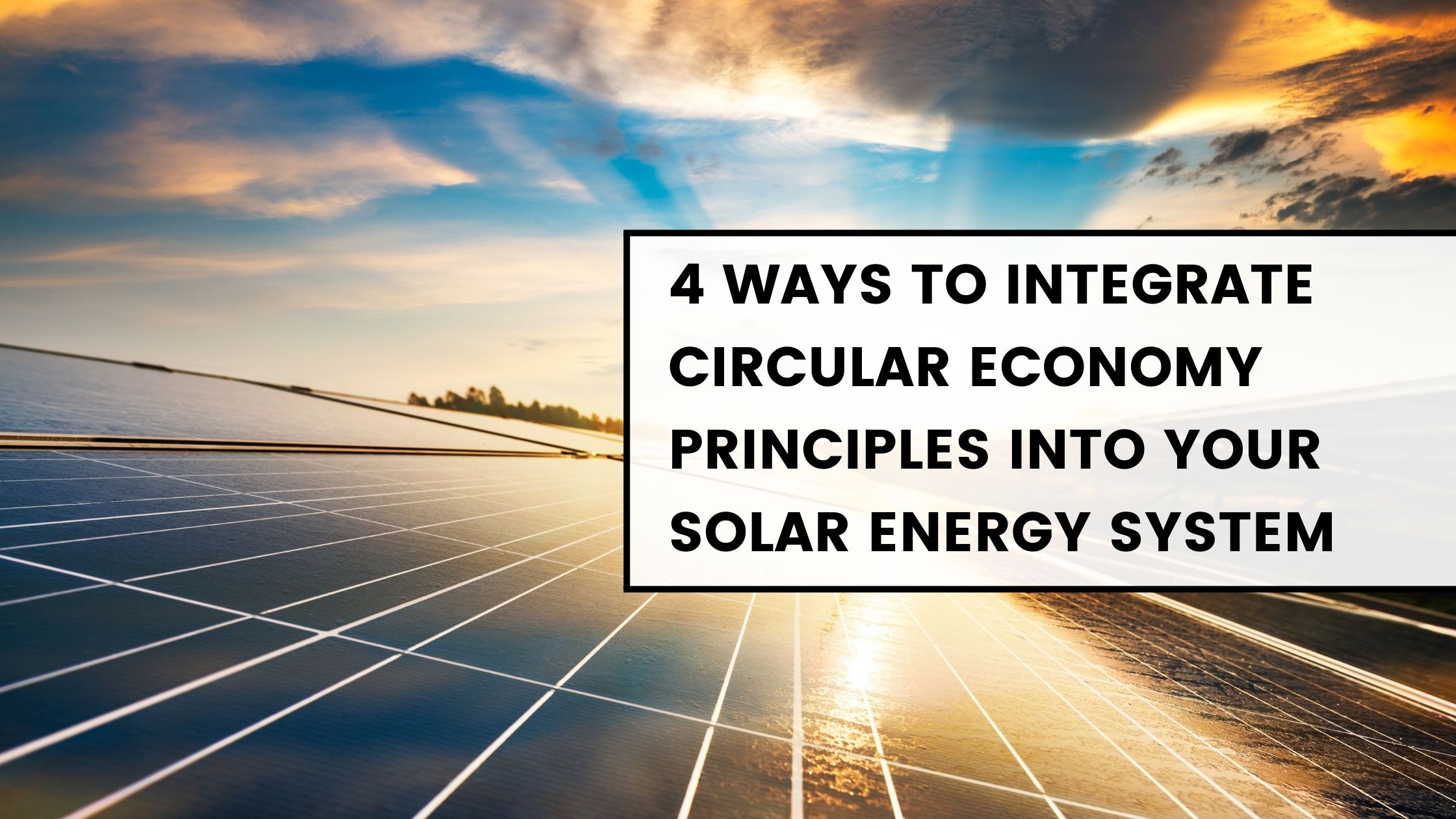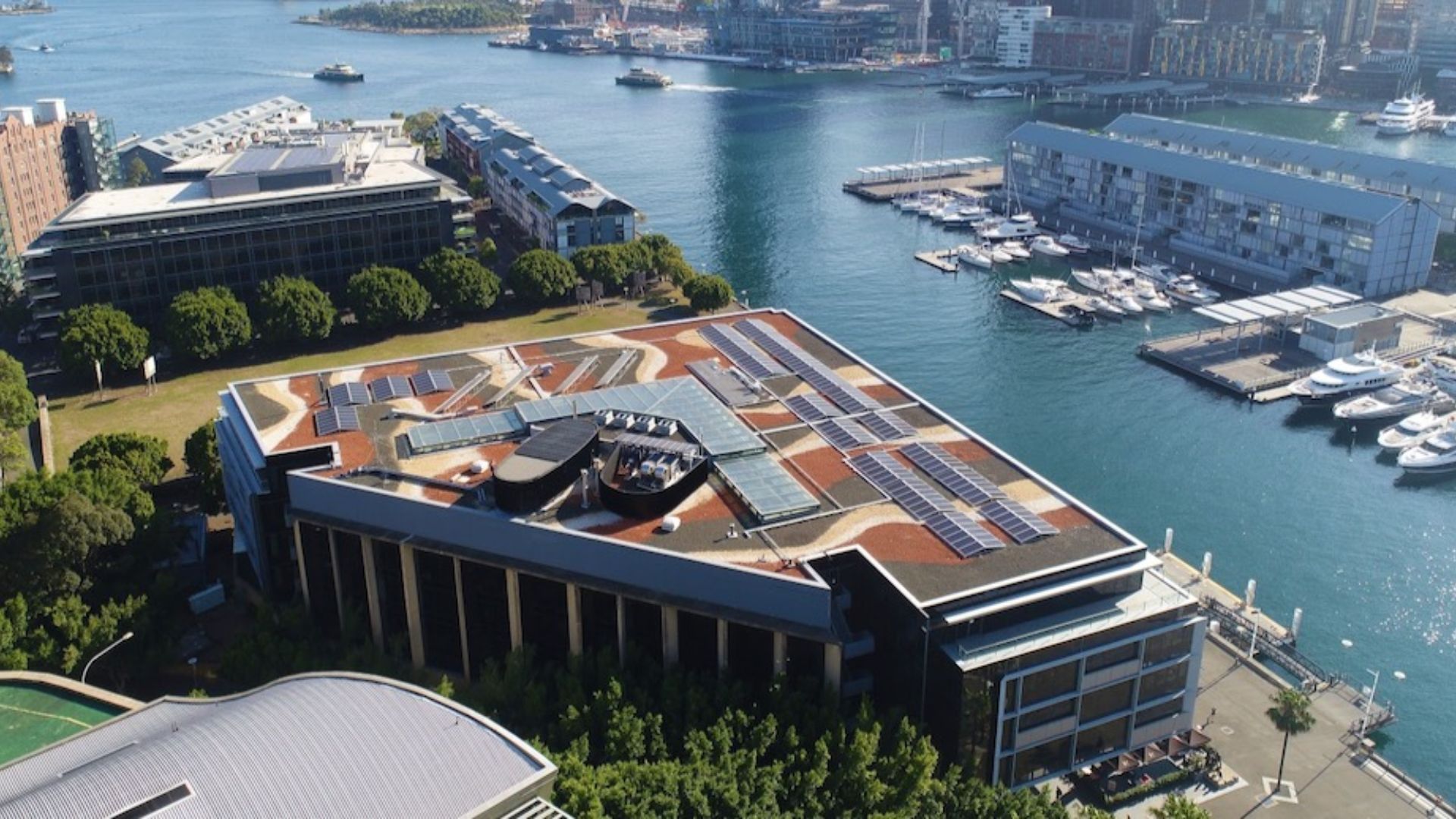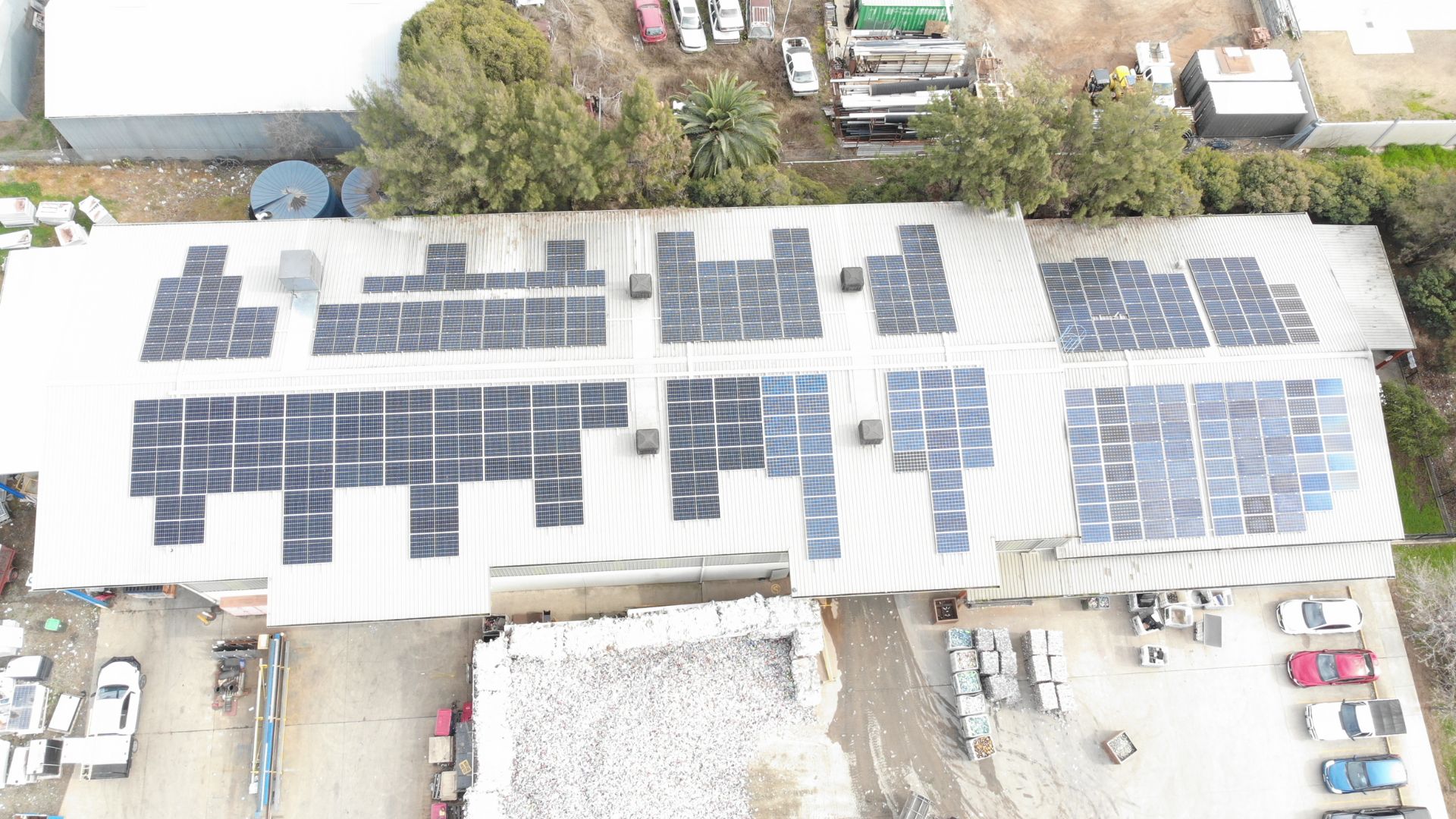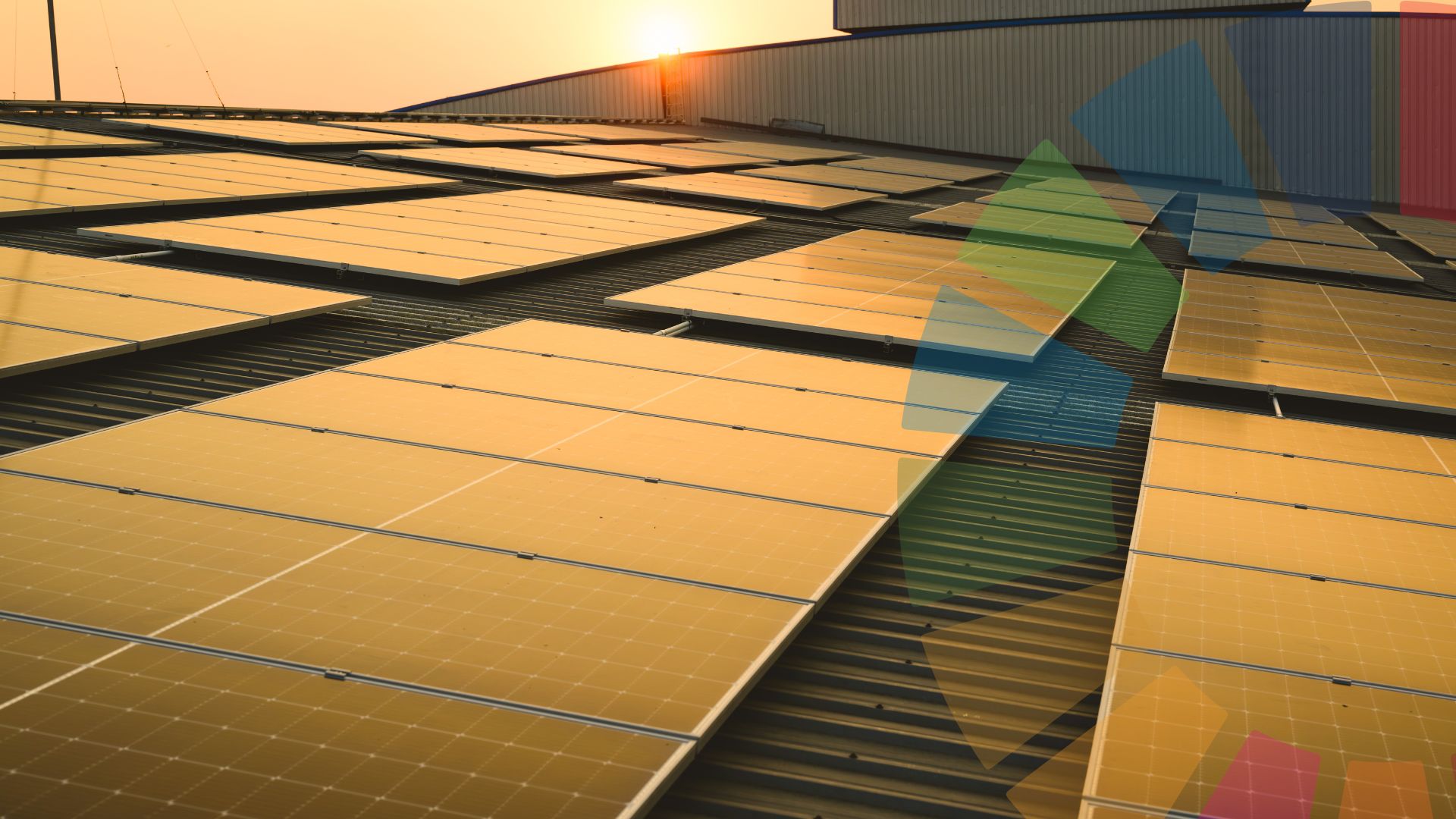
4 Ways to Integrate Circular Economy Principles into Your Solar Energy Project
Do you have circular economy KPI’s and targets you need to achieve? You are not alone.
Many businesses are now starting to set circular economy targets or being asked to report on their plans to achieve circular economy outcomes from customers.
Achieving circular economy outcomes can be complex, but fortunately, a quick and easy way to start kicking some circular economy goals is with your humble solar energy system.
You have probably already been using solar energy to do the heavy lifting to help you achieve your net zero targets. By being clever you can also contribute to your renewable energy, net zero and circular economy targets all-in-one project by incorporating circular economy principles into your existing solar systems and any new solar systems you have planned.
Here are four ways to integrate circular economy principles into your solar setup.
1. Reduce Solar Needs Through Energy Efficiency
One of the first principles of the circular economy is reducing resource use. For solar energy, this means focusing on energy efficiency to minimize the size of the system you need. Before installing a massive solar setup, conduct an energy audit to identify areas where you can reduce your consumption—better insulation, energy-efficient appliances, and more use of natural light can all reduce the amount of solar energy you need.
2. Extend the Service Life of Your Solar System with Proper Maintenance
The second principle focuses on extending the lifespan of products. Regular maintenance of solar panels and inverters ensures they operate efficiently for longer, reducing the need for premature replacements. Cleaning the panels to remove dust and debris, checking the wiring, and scheduling periodic inspections can help you get decades out of your solar setup.
3. Design for Reuse or integrate Reused Panels
Designing for reuse is at the core of the circular economy. Solar panels are designed to last 25-30 years but sometimes things happen that mean the solar system needs to be removed early. This might be changes to the building, a roof repair etc.
Solar systems can be designed with components that are easily disassembled and reused. We partner with the team from Solpod to design solar systems for easy removal and relocation like this 100kW solar system installed on the headquarters for Google Australia.

Designed for Reuse
100kW system designed for easy reuse at Google HQ, GPT’s ‘Workplace 6’ building in Pyrmont, Sydney
Alternatively, consider incorporating used or refurbished solar panels into your system. With advancements in technology, many pre-owned panels still offer excellent efficiency and you can achieve high circularity outcomes by incorporating them into your solar systems.
Our team did exactly this with Kurrajong Recycling in Wagga Wagga who installed a 100kW solar system in July 2024 consisting of 100% reused solar panels that were otherwise destined for landfill. The best part was that this system cost $0 up front to install for the customer (contact us to find out how).

Incorporating Reused PV Panels
100kW Solar System consisting of 100% reused solar panels installed by Solar Professionals for Kurrajong Recycling, Wagga Wagga NSW
4. Have a Recycling Plan for End-of-Life Panels
Finally, it’s important to plan for the end-of-life stage of your solar panels. Many of the materials in solar panels, like silicon, glass, and metals, can be recycled. Partner with recycling facilities to ensure that when your system eventually reaches the end of its life, it doesn’t contribute to landfills.
Conclusion
Integrating circular economy principles into your solar energy system helps you save money, reduce waste, and contribute to a sustainable future. By focusing on energy efficiency, extending the service life of your system, using reused/refurbished panels, and planning for recycling, you can maximize the impact of your solar investment.
BTW – If you need to calculate your % circularity of your solar system you can use the new ISO 59020:2024 standard and include this in your reporting and tick off those renewable energy, net zero, and circular economy targets. (Get in touch with us if you need help with this).
Sustainable energy isn’t just about where your power comes from—it’s about how well you use it, too!
Need help integrating circularity into your solar energy project?
hello@secondlifesolar.com.au


